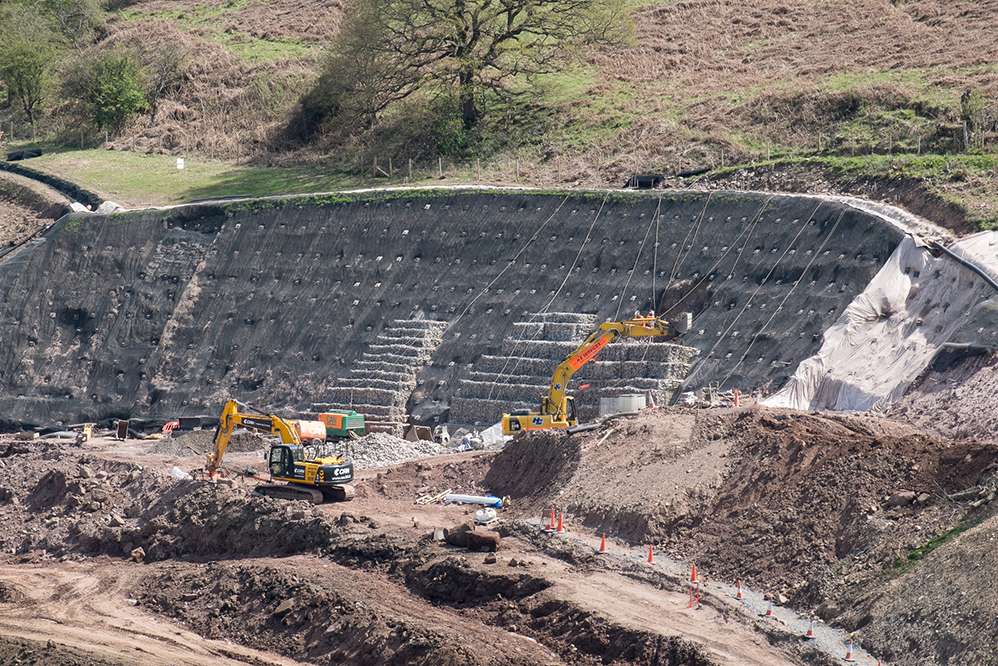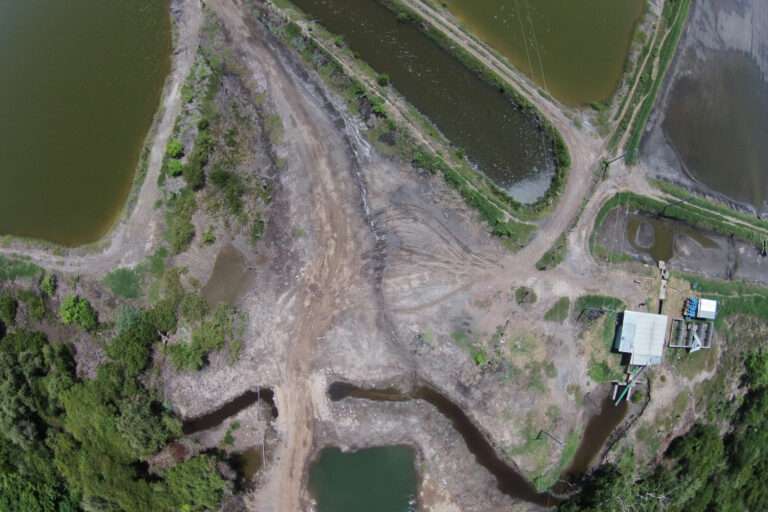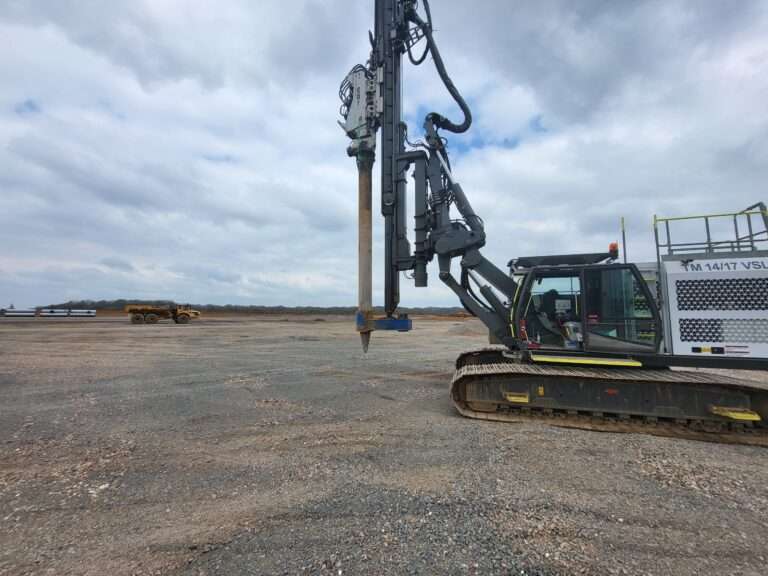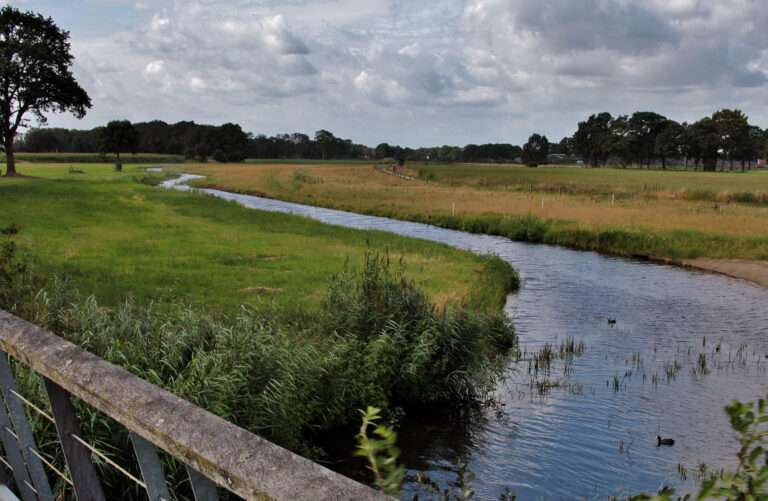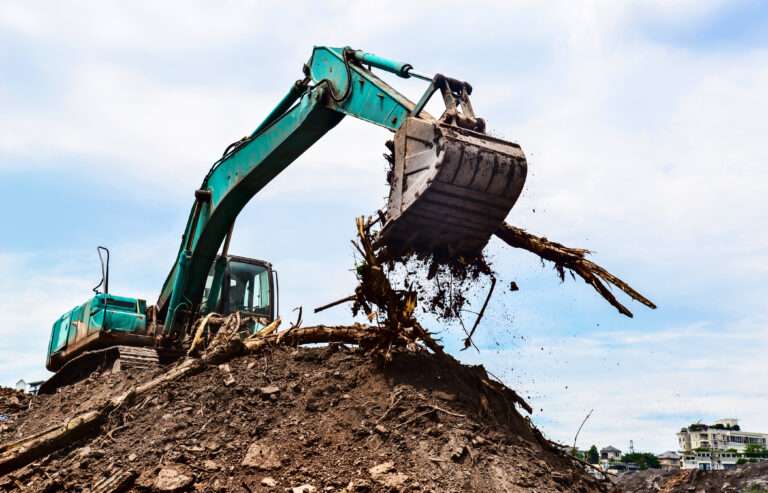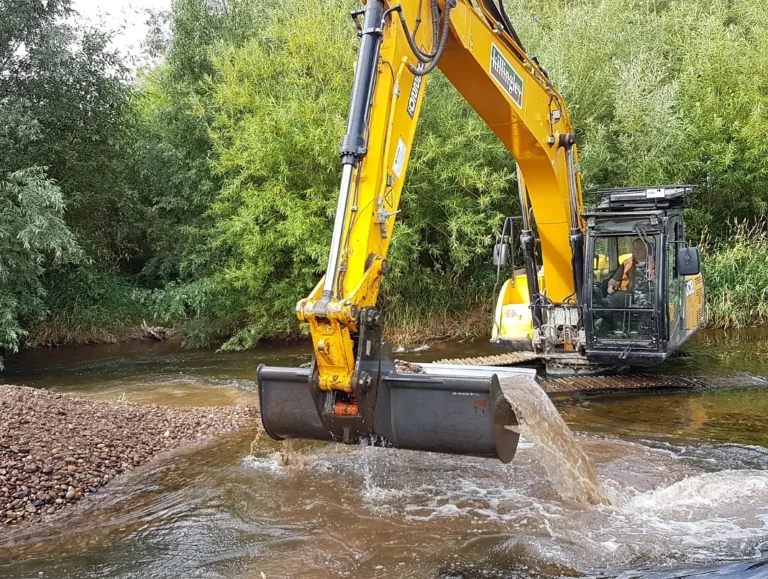Slope Stabilisation Techniques: Preventing Landslides and Erosion
Stand at the bottom of a steep cutting on the side of a new road and you’ll see it — huge slopes of bare soil, sometimes terraced, sometimes pinned with mesh. They’re temporary scars on the landscape, but unless they’re treated properly, they won’t stay put for long. Gravity, rain, frost — they all conspire to pull the earth down.
That’s where slope stabilisation comes in.
It’s the science (and craft) of keeping slopes in place, preventing landslides, and reducing erosion. It matters whether you’re building a motorway through the Pennines, managing an old quarry in Derbyshire, or just trying to stop your garden bank from sliding into next door’s fence.
And here’s the kicker: in the UK, with our mix of heavy clays, soft chalk, and wet winters, slope stability is a constant battle.
What Is Slope Stabilisation?
In plain terms, slope stabilisation is the set of techniques used to stop soil or rock from moving downhill. The aim is to make slopes safe, stable, and long-lasting.
That might mean:
- Reinforcing the soil with geogrids.
- Improving drainage so water doesn’t build up.
- Regrading a slope so it’s less steep.
- Using vegetation to bind soil and reduce runoff.
It’s not just about engineering either. Stabilisation often doubles as landscaping — turning what could be an eyesore into a grassed bank, a wildflower slope, or even a wooded embankment.
Why Slopes Fail
Before looking at fixes, it’s worth asking: why do slopes fail in the first place?
| Cause | Effect | Example in the UK |
|---|---|---|
| Water | Increases pore pressure, reduces soil strength | Chalk slopes along the South Downs after heavy rain |
| Gravity + steep angle | Soil can’t resist downslope forces | Road cuttings on the M62 near Saddleworth Moor |
| Freeze–thaw | Expands cracks, loosens material | Derbyshire gritstone edges |
| Weak soils | Clay shrink–swell or loose sands | London Clay cuttings on railways |
| Human activity | Over-steep excavation or loading at the top | Housing developments on hillsides |
Water is usually the villain. A well-drained slope is stable; a waterlogged one is primed to fail.
Key Slope Stabilisation Techniques
There’s no single solution. Engineers use a mix, tailored to soil type, slope angle, and what’s being built nearby.
1. Soil Improvement Techniques
Often, the first step is improving the soil itself.
- Lime or cement stabilisation – Mixing binders into clay or silty soils to dry and stiffen them.
- Mechanical compaction – Densifying loose soils to increase shear strength.
- Reinforcement with geosynthetics – Grids, meshes, or sheets that lock soil particles in place.
This is where ground stabilisation overlaps with slope work. Treat the soil, and the slope becomes far more resilient. (Professional soil improvement techniques are often the backbone of major stabilisation projects.)
2. Regrading
Sometimes it’s simple: make the slope less steep.
- A 1:1 slope (45 degrees) is risky.
- Regrade to 1:2 or 1:3 (shallower), and it becomes stable.
Downside? It takes more land. Not always possible in tight urban cuttings.
3. Drainage Solutions
Water is the enemy, so drainage is vital.
- Horizontal drains – Pipes drilled into the slope to relieve pressure.
- Toe drains – Collecting water at the base so it doesn’t build up.
- Surface ditches – Diverting rain before it soaks in.
In my experience, drainage is often overlooked. Yet half the time, it’s the cheapest and most effective fix.
4. Retaining Structures
When space is tight, retaining walls do the job.
- Gabion baskets – Steel cages filled with stone. Flexible and good for rough ground.
- Concrete retaining walls – Strong, durable, but expensive.
- Soil nail walls – Steel rods drilled into the slope, tied back with mesh and shotcrete.
Each has its place. I’ve walked embankments lined with gabions that look almost decorative, but they’re quietly holding back thousands of tonnes of soil.
5. Vegetation and Bioengineering
Don’t underestimate roots. Grass, shrubs, and trees bind soil, reduce surface erosion, and slow water. Techniques include:
- Hydro-seeding wildflowers onto bare slopes.
- Planting willows or shrubs along embankments.
- Using biodegradable geotextiles that plants grow through.
It’s not enough for very steep or tall slopes, but as part of a package, vegetation is powerful. And it looks better than bare soil.
Slope Stabilisation in the UK: Real-World Examples
- High Speed 2 (HS2) – Massive slope works along the route, with reinforced cuttings and engineered embankments.
- Coastal cliffs in Yorkshire – Stabilisation projects to slow erosion threatening villages.
- Motorway embankments – The M25 widening included large-scale soil nailing and mesh systems.
- Railways – Network Rail spends millions annually stabilising cuttings prone to slips in wet winters.
Even smaller jobs — like stabilising a farm track or a housing development slope — use the same principles, scaled down.
The Benefits of Slope Stabilisation
| Benefit | Why It Matters |
|---|---|
| Safety | Prevents landslides, protecting people and property |
| Infrastructure resilience | Roads, railways, and buildings last longer |
| Environmental gains | Vegetated slopes reduce erosion and runoff |
| Cost savings | Prevents expensive repairs or failures |
| Aesthetics | Landscaped slopes blend into surroundings |
I’d argue aesthetics are underrated. A stabilised slope covered in wildflowers looks a world apart from a bare, eroding bank.
FAQs About Slope Stabilisation
How do I know if a slope needs stabilising?
Look for signs: cracks at the top, bulging at the base, leaning fences or walls, water seepage, or small slips after rain.
Can vegetation alone stabilise a slope?
Not usually. It helps with surface erosion but doesn’t fix deep instability. Combine with soil improvement or reinforcement.
How much does slope stabilisation cost?
Depends on size and technique. A small garden bank might be hundreds; motorway embankments run into millions.
Is slope stabilisation permanent?
It can be. With good design and maintenance, structures and treated soils last decades. Drainage must be maintained though.
Challenges in Slope Stabilisation
Not every job is straightforward.
- Access – Steep sites are hard to reach with machinery.
- Weather – Heavy rain can halt work or worsen instability mid-project.
- Ground conditions – Mixed soils need tailored solutions.
- Public perception – People worry when they see trees felled on slopes, even if it’s necessary to prevent slips.
I’ve seen schemes delayed for months because wet winters made slopes too unstable to even bring in stabilisation rigs. Sometimes nature gets the upper hand for a while.
The Future of Slope Stabilisation
Expect more:
- Hybrid systems – Combining soil nails, geogrids, and vegetation.
- Digital monitoring – Sensors embedded in slopes to detect movement.
- Greener materials – Lower-carbon cements, biodegradable meshes.
- Naturalistic landscaping – Turning engineered slopes into wildlife habitats.
As climate change brings more intense rainfall, slope failures are expected to rise. Stabilisation will be even more vital.
Tangent: The Sound of Soil Nails
If you’ve ever been near a soil nailing job, you’ll know the racket — drills hammering rods deep into the bank, echoing through the valley. Not pleasant if you live nearby. But once in, those nails quietly hold back thousands of tonnes of soil for decades. Sometimes the noisiest solutions are the longest lasting.
Final Thoughts
Slopes might look stable, but left alone, many aren’t. Rain, frost, and gravity are relentless forces. Slope stabilisation isn’t just for motorways and railways — it’s for housing estates, farm tracks, garden banks, even coastal paths.
From soil improvement techniques to drainage, nails, walls, and vegetation, there’s no single “best” method. It’s about combining tools to suit the ground. And done right, stabilised slopes aren’t just safe — they can be green, attractive, and part of the landscape.
Because the truth is, gravity never sleeps. Stabilisation just keeps it in check.
Killingley Insights is the editorial voice of NT Killingley Ltd, drawing on decades of experience in landscaping, environmental enhancements, and civil engineering projects across the UK.


